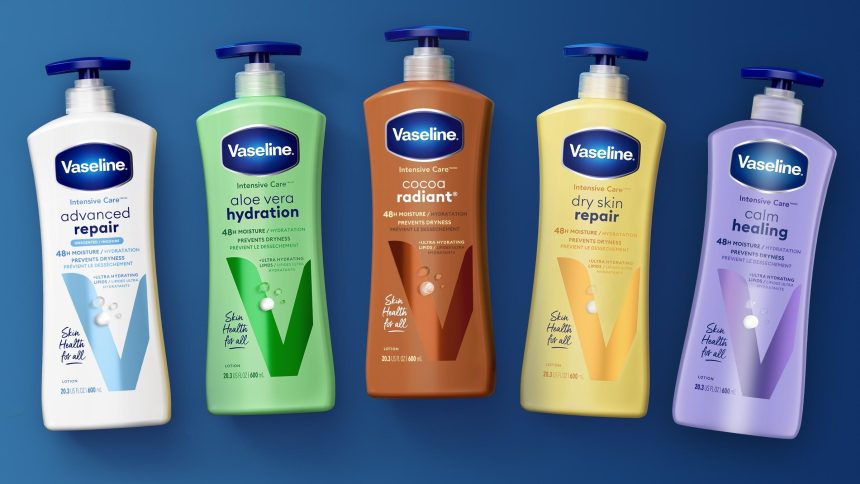Is Vaseline Safe for Babies’ Faces? Skin Care Tips
The delicate skin of infants requires special attention and care, particularly in the early months of life when it is most vulnerable to environmental irritants and dryness. Among the myriad of products available to promote skin health, Vaseline, a brand of petroleum jelly, often emerges as a popular choice among parents seeking to provide moisture and protection to their baby’s skin. However, the question of safety and efficacy in using Vaseline on babies’ faces necessitates a thorough examination, as pediatric dermatologists and caregivers alike weigh the benefits against potential risks. This article aims to analyze the composition of Vaseline, assess its suitability for pediatric use, and provide evidence-based skin care tips to ensure the well-being of infants’ skin. Through a comprehensive review of existing literature and expert opinions, we will explore the appropriateness of Vaseline in the context of infant skincare, offering parents a well-rounded understanding of how to best nurture their child’s skin health.
Understanding the Safety of Vaseline for Baby Skin: A Comprehensive Overview
When considering the use of Vaseline on a baby’s face, it’s essential to acknowledge its primary ingredient: petroleum jelly. This occlusive agent creates a barrier that helps lock in moisture, which can be particularly beneficial for sensitive baby skin prone to dryness. Dermatologists often recommend petroleum jelly, including Vaseline, for various skin conditions such as eczema or chapped skin. However, it’s crucial to use it judiciously and ensure that it is applied to clean, dry skin to minimize the risk of clogging pores or causing irritation.
Parents should be mindful of certain considerations when incorporating Vaseline into their baby’s skincare routine. It is advisable to:
- Perform a patch test: Apply a small amount on a less visible area of skin to check for any allergic reactions.
- Avoid application on open wounds: Vaseline should not be used on broken skin or infections, as it may trap bacteria.
- Use in moderation: A thin layer is sufficient; excessive application can lead to moisture imbalance.
In clinical evaluations, Vaseline has demonstrated minimal potential for adverse effects when used correctly. Studies have supported its use as a gentle moisturizer for infants, particularly for conditions resulting from environmental exposure or diaper rashes. Given its efficacy and generally safe profile, many pediatricians endorse Vaseline as a valuable addition to a baby’s skincare regimen, ensuring that safety and comfort are prioritized.
Evaluating the Potential Benefits of Petroleum Jelly for Infant Facial Care
Petroleum jelly, a widely recognized occlusive agent, presents several potential benefits when used in infant facial care. Its primary function is to create a protective barrier on the skin, which can be particularly advantageous for delicate baby faces that are susceptible to dryness and irritation. Some notable advantages include:
- Moisture Retention: By sealing in moisture, petroleum jelly helps prevent transepidermal water loss, keeping the skin hydrated.
- Protection Against Irritants: The thick texture forms a protective layer, shielding the skin from external irritants such as pollutants and harsh weather conditions.
- Soothing Effect: It can alleviate discomfort associated with chapped or dry skin, providing immediate relief for infants suffering from environmental exposure.
While the benefits may be considerable, it is essential to use petroleum jelly judiciously. Parents should ensure that the product is free from additives and fragrances to minimize any potential for allergic reactions. Conducting a patch test prior to widespread application can be a prudent step in evaluating skin compatibility. For further clarity, a comparative overview of recommended application practices versus potential drawbacks can be illustrated as follows:
| Application Practice | Potential Drawbacks |
|---|---|
| Apply in a thin layer | May cause clogged pores if overly applied |
| Use on clean, dry skin | Can trap dirt and bacteria if applied carelessly |
| Monitor for signs of irritation | Possible allergic reactions in sensitive infants |
Recommended Application Techniques and Precautions for Using Vaseline on Babies
When applying Vaseline on a baby’s face, it’s essential to adopt certain techniques to maximize benefits while minimizing risks. First and foremost, ensure that your hands are clean before touching your baby’s face to avoid transferring germs. A pea-sized amount is usually sufficient; excessive application can lead to clogged pores. Gently warm the Vaseline between your fingertips before application to make it easier to spread. Use your ring finger, as it’s the gentlest, to dab a small amount onto dry areas, like cheeks or the forehead. Always approach application with a light hand, smoothing it over the skin without rubbing too harshly.
Precautions are critical when using Vaseline on delicate skin. Before applying it to the entire face, conduct a patch test on a small area of the skin to check for any adverse reactions. Additionally, avoid applying Vaseline near the eyes, nostrils, or mouth, where it could be ingested or cause irritation. If the skin appears to be red, swollen, or shows any signs of discomfort, discontinue use immediately. Here is a concise overview of important precautions:
| Precaution | Description |
|---|---|
| Patch Test | Apply a small amount to a discreet area to check for reactions. |
| Avoid Sensitive Areas | Keep away from eyes, nostrils, and mouth. |
| Monitor Skin Reaction | Watch for signs of redness or irritation; discontinue if observed. |
Alternative Moisturizers for Delicate Skin: Exploring Options Beyond Vaseline
While Vaseline has long been a go-to for moisturizing delicate skin due to its occlusive properties, there are several alternative options worth considering that can provide effective hydration without the potential concerns associated with petroleum jelly. Natural oils, such as coconut oil and almond oil, are known for their gentle, non-comedogenic benefits and can deeply nourish the skin while offering a soothing effect. Moreover, botanical creams enriched with ingredients like shea butter and jojoba oil can provide substantial moisture while being less heavy than traditional petrolatum-based products. These alternatives can also support the skin barrier without clogging pores, making them ideal for babies and individuals with sensitive skin.
In addition to oils and creams, there are also specialized formulations designed for delicate skin that incorporate natural extracts and botanicals. Ingredients like aloe vera and oat extract are renowned for their calming properties and can help alleviate irritation or redness. Below is a comparison table highlighting some alternative moisturizers that can be beneficial for delicate skin:
| Moisturizer Type | Key Ingredients | Main Benefits |
|---|---|---|
| Natural Oils | Coconut Oil, Jojoba Oil | Deep hydration; non-comedogenic |
| Botanical Creams | Shea Butter, Aloe Vera | Soothing; supports skin barrier |
| Ointments | Oat Extract | Calming; reduces irritation |
Final Thoughts
while Vaseline—an occlusive agent—can provide significant benefits for infant skin care, particularly in protecting against moisture loss and irritation, it is crucial to approach its use with caution. Parents and caregivers should consider individual skin sensitivities, consult with pediatric healthcare professionals, and conduct patch tests when introducing any new product. The integrity of a baby’s skin is paramount, and while Vaseline may serve as a valuable tool in some instances, it is essential to remain aware of alternative options and best practices in skin care. Ultimately, informed decision-making rooted in professional guidance will ensure that the delicate skin of infants is nurtured safely and effectively.


